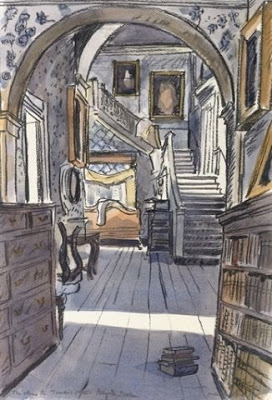
“The first one is an impression, a vague memory of a table all set up with white linens, shiny silver, colorful flowers. The table is in front of a shack on a beach in Patmos, Greece. I am about 20 years old and have no idea to whom the shack belongs; I walked past that memorable feast and went to lay at the end of beach. That table or the memory of it rather always stayed with me.
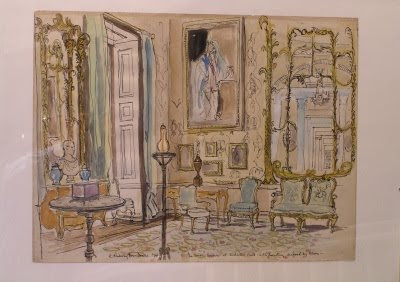
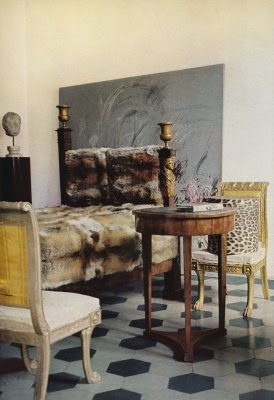
To me the world of interior design would not have been the same without the amazing eye of an American painter who, in the 50’s, moved to Italy. Cy Twombly has created some of the most outstanding rooms in the second half of the 20th century. His various residences have a modernity and a timelessness that is moving and captivating. His incredible deft at mixing classicism with modern art still is a bottomless well of inspiration for myself and countless decorators.
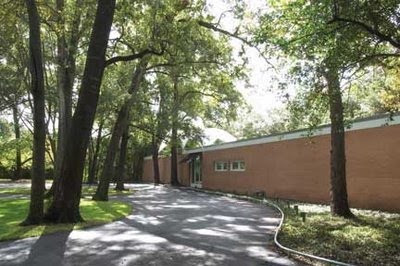
I grew up in Argentina in the 70’s. Everybody we knew, family and friends, either lived in modern glass houses or inherited old homes built at the turn of the 20th century with clear European inspirations. It was only later when I moved to New York and began working as an editor that I became aware of the difference between people of modernist or classicist taste.
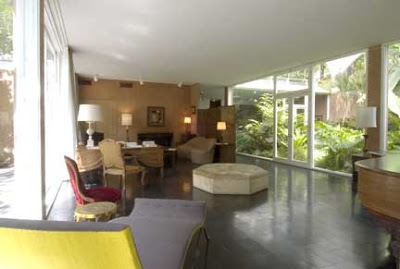
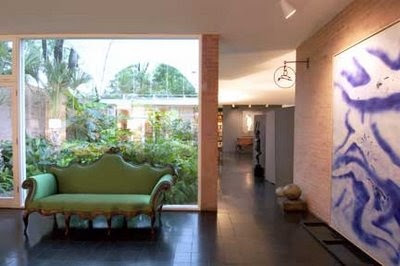
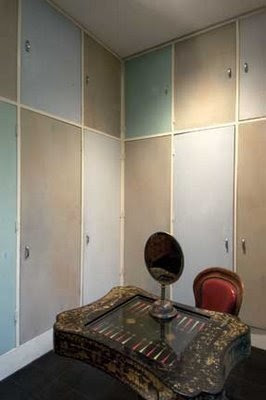
Stephen Sills and James Huniford created a masterpiece in the early 1990’s. It is an hour north of New York City. It is dreamy and subtle and so, so grand. It became a bit the ABC of their style, a little Monticello. The low armless sofas, the over sized plaster vases, the Louis XVI chairs, the Rauchensbergs and Fontanas, leaves instead of flowers, stone floors and lacquered walls, pale blues, grays, chartreuse greens.


The ivy growing in the wall… Rose Tarlow, need I say more?

Lars Sjoberg may one day become a national hero in Sweden. He has done more to reclaim and re-discover the 18th Century in his own country than the rest of the Swedish design community put together.
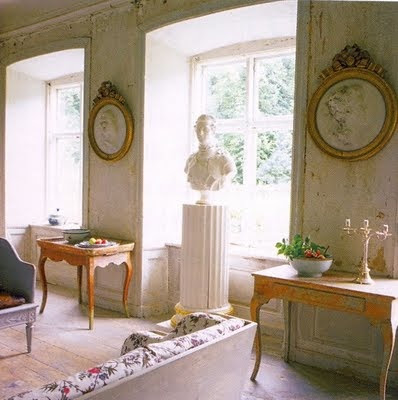
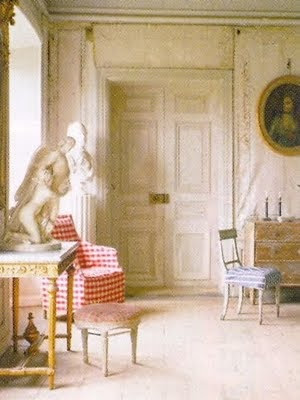
(Andre) Le Notre designed gardens, and gardens are made of rooms. I am including him in this list. The master gardener, the creator of Versailles and Vaux le Vicompte. The grand tamer of nature, logical, measured, musical.
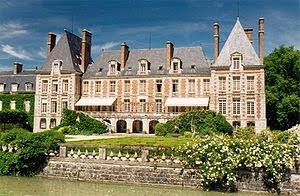
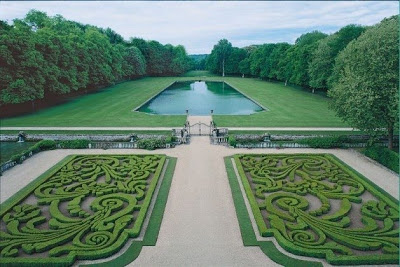
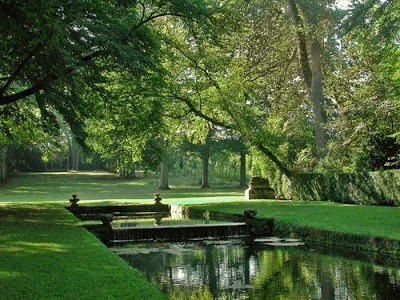
Luis Barragan is the grandest name in Mexican architecture as far as the 20th century goes. And what a decorator. His monastic eye gave him set standards to bear. And yet he created a language where the strict becomes sensual; the holy, decadent; and the colorless, a riot of hues.
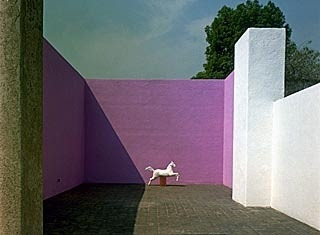
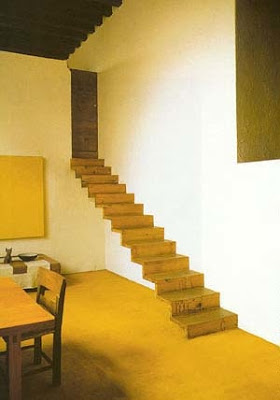 It is an incredibly insightful compilation and I am grateful that Miguel took the time to share it with me.
It is an incredibly insightful compilation and I am grateful that Miguel took the time to share it with me.

16 thoughts on “Enduring Style – Miguel Flores-Vianna”